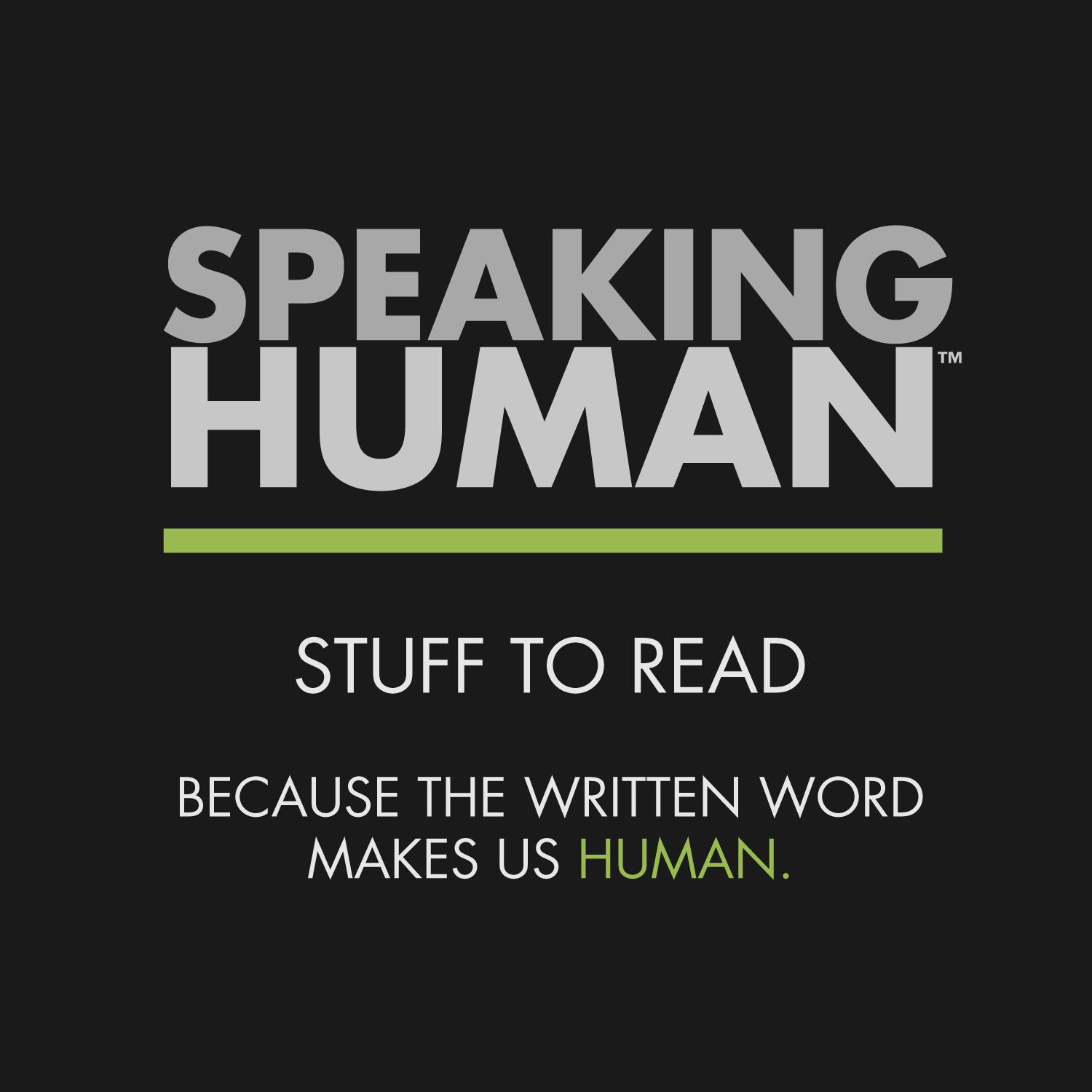Short-Form vs. Long-Form: Which Content Is King on Social?
This article comes to us from the Speaking Human University Program, which gives voice to the opinions and perspectives of the next generation of consumers and marketers…
The average attention span of a goldfish is nine seconds. The average attention span of a human is eight seconds as of 2013 (Time). As our screen time increases, these comparisons will only continue. While the statement is likely an exaggeration, the point still stands: our attention spans have decreased significantly. In 2000, it was about twelve seconds; now, it’s estimated to be as low as three seconds. To no surprise, social media has been an enormous driver of this trend.
Infinite Scroll
In order to improve user experiences on digital platforms, the “infinite scroll” was created. Instead of clicking through several pages and posts, continuous scrolling was intended to be more convenient (Freedom). Humans naturally have a desire to complete tasks, but this is impossible with infinite scrolling. Social media platforms have used this to their advantage. Unfortunately, this has fueled our addiction to social media and the constant craving for more content to quickly consume – yet we see a push for more long-form content across major social media platforms. Why is this? Well, it’s complicated.
The balance of short form versus long-form content on social media has gone back and forth and our shrinking attention spans clearly favor short-form content. This is why marketers love short-form content. It’s quick to read or watch and scroll past easily. However, long-form content is still the winner in terms of search engine optimization. Generally speaking, longer digital text content ranks higher. Of course, content quality is paramount for performance. Maintaining that quality over long content poses a significant challenge; another reason we see many marketers opt for shorter-form content (Equinet).
Bite-Sized and Super-Sized Videos
Text content on search, however, is not the same story as videos on social. TikTok is a prime example of this. Shorter videos have largely been TikTok’s bread and butter and, outside of text or photo posts, have also been the primary content on platforms like Instagram and X (Twitter). Short, digestible clips are what has largely been successful on these platforms. Dating back to the days of Vine, videos could only be six seconds long. TikTok’s own limit was just 15 seconds. In fact, internal data from TikTok even recommended creators to keep videos between 11 and 17 seconds (Buffer). We’ve seen a similar adoption of these short video clips with Facebook and Instagram’s Reels, YouTube Shorts, Snapchat Spotlight, and others which have been largely successful. So as far as video content goes, it seems short form is king. Or is it? Turns out it’s not so simple.
No matter which way you slice it, YouTube is still on top of the online video space. Data suggests optimal video length on YouTube is somewhere between 2 to 12 minutes (Tubics). So long form still reigns supreme on the biggest video platform in the world. If long-form content is successful there, there must be a large market demand for this type of content despite what our attention spans seem to indicate; it seems counterintuitive.
Nearly every major platform has made a push for long-form content. For example, X doubled its character limit from 140 to 280 (PC World). Additionally, with a subscription to X Premium, users can use up to 4000 characters. As for video content, premium subscribers are now also able to post videos up to 4 hours long. X, once known for its short and quick tweets, has embraced long-form content with their identity shift. Similarly, Instagram, which once had a 15-second cap, has expanded to an astounding 60 minutes (Forbes). TikTok, which largely caters to a younger demographic conscious of their short attention spans, also surprisingly increased video length limits from 15 seconds to 10 minutes (Protocol).
This trend can be seen across nearly every major platform. Of course, what these platforms will say is that these decisions are made to diversify content and to cater to a larger audience. In this day and age, many people use social media for every niche that exists. Placing very short video limits can get in the way of content that is created and shared for each user’s unique interests. The diversification aspect of this is certainly a key factor, but this trend is more complicated than that.
Money, Money, Money
What social media executives won’t tell us and what users may not realize about this trend is that advertising and monetization plays an enormous role. In the previously mentioned example of Vine, many may not know that the reason it shut down was because their six second limit simply was not compatible with advertising. They wanted to keep short-form content, but the reality is that their content couldn’t be monetized (PureWow). Enter TikTok, Instagram, Facebook, etc. As competitors dominated, a shift started to take place. While social media has fueled our worsening attention spans, they now push longer-form content, in hopes of optimal advertising and monetization (also known as more revenue). We can clearly see their revenue increase as this trend has progressed.
It certainly seems contradictory if short-form content is largely preferred, especially by younger users. But ultimately, money makes the world go round and entices advertisers to invest in those platforms. At the end of the day, short-form content versus long-form content is up to each user’s own preferences and interests. Content is intended to be consumed in one way or another, and that’s something that will never change.

AUTHOR: Nathan Thomas
ORIGIN: University Program — Speaking Human Contributor
University of Akron, College of Business
Follow Nathan on Speaking Human








